
Veterans Month
November 2003
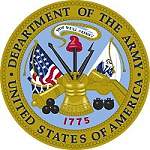
U.S. Army
The U.S. Army traces its history back to June 14, 1775 when the Continental Congress authorized the enlistment of riflemen to serve the United Colonies for one year, thus creating the Infantry. Other branches of the Army followed, to include the Army Corp of Engineers on June 16, 1775 and the Transportation Corps on July 31, 1942.
The first Commander in Chief of the U.S. Army was General George Washington who was unanimously appointed to the position on June 15, 1775 by the Continental Congress.
For more information on the United States Army go to www.army.mil.
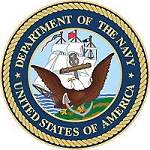
U.S. Navy
The U.S. Navy traces its history back to October 13, 1775 when the Continental Congress established the Continental Navy, which originally consisted of two armed vessels used to search for munitions ships supplying the British Army during the American War for Independence. Over the course of the war the Continental Navy totaled upwards of fifty ships. After the war, the Continental Navy was disbanded and the surviving ships were sold and the Sailors and officers were released from duty.
In 1789 the U. S. Constitution empowered Congress "to provide and maintain a navy," and in 1794 Congress ordered the construction of ships to be administered under the War Department. On April 30, 1798 Congress established the Department of the Navy.
For more information on the United States Navy go to www.navy.mil.
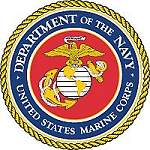
U.S. Marine Corps
The U.S. Marine Corps traces its history back to November 10, 1775 when the Continental Congress created the Continental Marines by resolving that "two Battalions of Marines be raised" to serve as a landing force with the newly formed Continental Navy. The first amphibious raid performed by the Continental Marines occurred in the Bahamas in March 1776 during the American War for Independence. After the war, the Continental Marines were disbanded along with the Continental Navy.
The U.S. Marine Corps was re-established on July 11, 1798 by Act of Congress, wherein Congress declared, "That in addition to the present military establishment, there shall be raised and organized a corps of marines..." The Marine Corps has played an important role in all conflicts since its inception, and has continued to meet the challenges brought by each new century. In 1995 the Marine Corps Warfighting Laboratory was created to specifically evaluate changes in warfighting and expedite new capabilities and technologies into Marine Corps operating forces.
For more information on the United States Marine Corps go to www.usmc.mil.
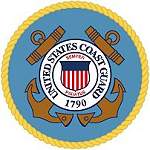
U.S. Coast Guard
The U.S. Coast Guard traces its history back to August 4, 1790 when the first Congress authorized the construction of ten vessels to be used in the enforcement of tariff and trade laws, prevention of smuggling, and protection of the collection of the federal revenue. This branch of the armed services was originally known interchangeably both as the Revenue Marine Service and the Revenue Cutter Service. The responsibilities of this branch had rapidly expanded by the beginning of the twentieth century to include aiding mariners in distress, enforcing laws against slavery and piracy, protecting the marine environment, exploring and policing Alaska, and charting the coastlines of the U.S.
In 1915 it was given the name Coast Guard when the Revenue Cutter Service merged with the Life-Saving Service. Subsequently, the Coast Guard began maintaining the country's aids to maritime navigation, to include lighthouses when the Lighthouse Service was merged with the Coast Guard in 1939. In 1946, the Bureau of Marine Inspection and Navigation was transferred to the Coast Guard, thus making them responsible for marine licensing and merchant vessel safety.
The U.S. Coast Guard has participated proudly and valiantly in every conflict for which the U.S. has participated. During peacetime the Coast Guard operates as part of the Department of Homeland Security, and in times of war or at the direction of the President operates under the Department of the Navy.
For more information on the United States Coast Guard go to www.uscg.mil.
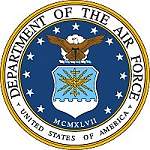
U.S. Air Force
The Department of the Air Force was established on September 18, 1947. The personnel of the Army Air Forces (AAF) were subsequently transferred to the newly established department from the Department of the Army effective September 26, 1947, thus, creating the U.S. Air Force. The creation of the Air Force resulted from the National Security Act of 1947, which also created a Secretary of Defense and the Central Intelligence Agency.
U.S. air power originally belonged to the U.S. Army. However, following World War I the U.S. began considering the creation of an independent air force modeled off of Great Britain, which had created its Royal Air Force in 1918. During World War II the AAF grew to be the world's most powerful air force and the creation of an independent U.S. Air Force became inevitable as the mission of air power expanded well beyond just supporting the infantry.
For more information on the United States Air Force go to www.af.mil.